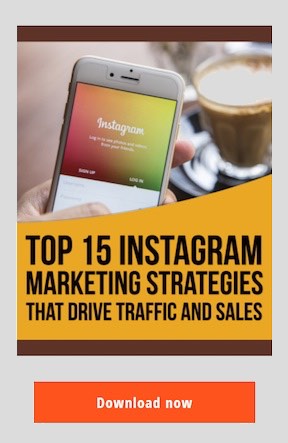
(photo credit: Microsoft Stock Images)
Even well-managed brands can have blind spots that affect perception, loyalty, and growth. These are the areas where business owners believe they are sending a clear message, but customers interpret it differently. Identifying these gaps is critical for aligning brand promise with customer experience.
Misaligned Messaging and Customer Perception
A common blind spot occurs when internal messaging does not match external perception. A company may think it communicates innovation, yet customers might view its branding as outdated. Visual identity, tone of voice, and customer service touchpoints all contribute to how a brand is perceived. Small inconsistencies, such as outdated website design or unclear product descriptions, can signal disconnection and reduce trust.
Internal Assumptions vs. External Reality
Another blind spot stems from assumptions made within the business. Leaders may believe their value proposition is obvious or that brand loyalty is strong, but customer feedback often reveals a different story. Regular engagement with real customer experiences, through surveys, reviews, or social media, is essential for gaining accurate insight.
Overlooking the Competitive Landscape
Brands sometimes focus so narrowly on their internal story that they lose track of how they compare with competitors. Customers are constantly evaluating alternatives, and if a competitor offers a more cohesive or relevant experience, brand equity can erode. Monitoring market positioning helps businesses adjust to stay visible and relevant.
Bridging the Gaps with Outside Perspective
Brand blind spots are difficult to detect internally. Engaging third parties, such as brand consulting firms, can help uncover inconsistencies and misalignments. External audits, focus groups, and competitive analysis offer an unbiased view that internal teams may struggle to see. Addressing branding blind spots is not about perfection. It is about staying in tune with what customers experience and adjusting strategy accordingly to close the gap between intention and perception. For more information, look over the accompanying resource for more information.



Recent Comments